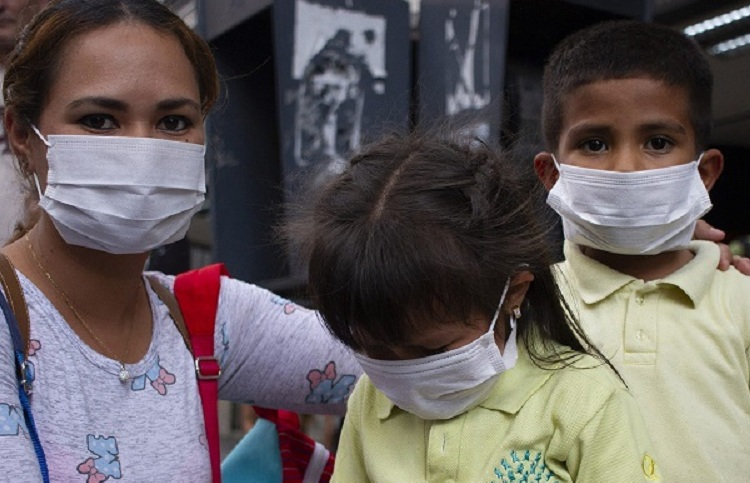Eduardo González
The Spanish government maintains its commitment to reach 0.5% of Gross National Income for Official Development Assistance (ODA) by the end of this legislature despite the latest data from the Organization for Economic Cooperation and Development (OECD), which cast doubt on the achievement of that goal.
The latest data from the OECD’s Development Assistance Committee (DAC) reveal that Spain is among the thirteen countries that reduced their ODA in real terms in 2020, in the midst of the outbreak of the COVID-19 pandemic. Specifically, Spanish ODA fell by 1.8% in absolute terms in 2020, mainly due to the drop in resources allocated to care for refugees living in Spain. The aid effort (the ratio between ODA and Gross National Income) did increase by 0.24%, but this was due to the fall in income.
Likewise, bilateral ODA increased by 10%, a rise that is “clearly insufficient considering that, after a lost decade, it is at minimum levels,” as reported by the Coordinating Committee of NGOs for Development, which warned that, although Spanish ODA has maintained an upward line since 2016, “they are totally far from the roadmap to reach 0.5%” announced by the Government for the end of this legislature and that, “at the current growth rate, we would reach the committed 0.5% in 25 years, which is not a good letter of introduction at the gates of the reform of the cooperation system currently being debated in Congress”.
In this regard, sources from the Ministry of Foreign Affairs warned that these data correspond to a “particularly complex” year due to the pandemic, which has caused a contraction in trade and the flow of capital, but cooperation figures continue to grow since 2016 and ODA reached in 2020 the amount of 2,605 million, three points more than in 2019. “We remain committed to reaching 0.5% in 2023”, they assured.
Apart from that, the same Foreign Ministry sources recalled that the DAC’s own data reveal that the item for humanitarian aid in emergency situations has risen by 47% (from 62 to 91 million euros, 3.8% of total ODA) and that multilateral aid continues its upward course, reaching 1,730 million euros, its highest level in the last eight years.
As for the list of OECD donors in terms of ODA, the interpretation of the same figures reveals the usual dichotomy between the glass half full or half empty, since while Foreign Ministry sources highlighted as a positive fact that “Spain has risen to the twelfth place among OECD donors in terms of ODA”, the NGDO Coordinator warned that “Spain is still at the bottom of the EU in ODA with 0.24%, far behind the European average (0.5%) and even behind Hungary (0.27%)”.







